100% New Mexico Initiative
100% POWER HOUR
THREE: ACTING AS A CHANGE AGENT
PLEASE NOTE: This page contains supplemental information for attendees of the 4-part 100% New Mexico initiative power hours. Attendance is free, but registration is required. Please register here.
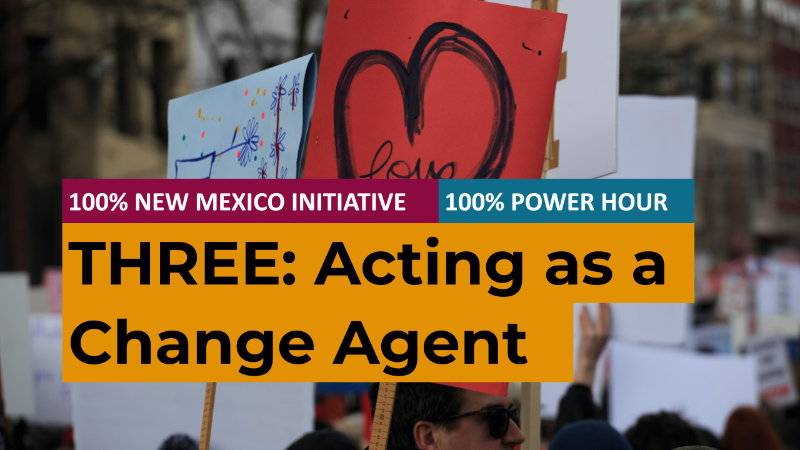
We are providing the slides and narrative text used in the 100% Power Hour: Acting as a Change Agent being offered quarterly by the Anna, Age Eight Institute. The 4-part webinar series is designed to give 100% New Mexico initiative members an overview of key concepts and issues related to implementing the initiative in their county.
Power Hour participants are encouraged to use this page for local presentations in order to increase public awareness of adverse childhood experiences (ACEs), trauma, social adversity, and the data-driven prevention strategies to transform the adverse social determinants of health into the positive ones by ensuring ten vital services for surviving and thriving.
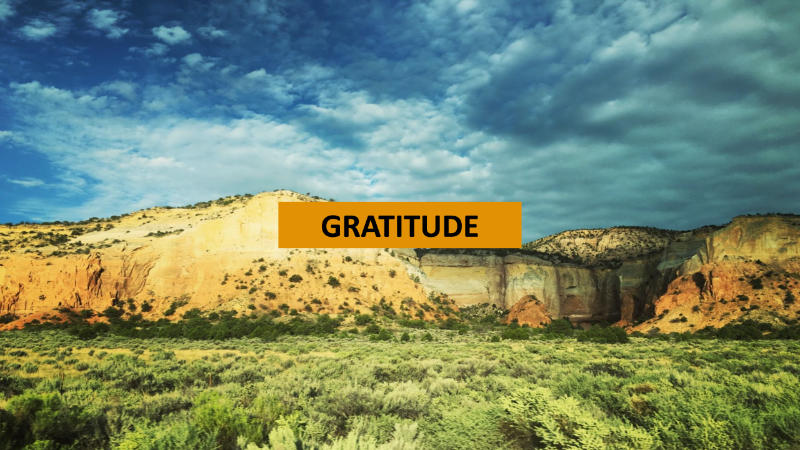
Before we begin our presentation, we want to allow for a moment of quiet reflection. Please take a minute to perform the self-care of your choice.

The learning objectives of 100% Power Hour #3: Acting as a Change Agent are participants completing the webinar will be able to describe an overview of: the action process, being a change agent, resources for action, funding action, qualities of effective action, buy-in for action, and a shared vision for action.
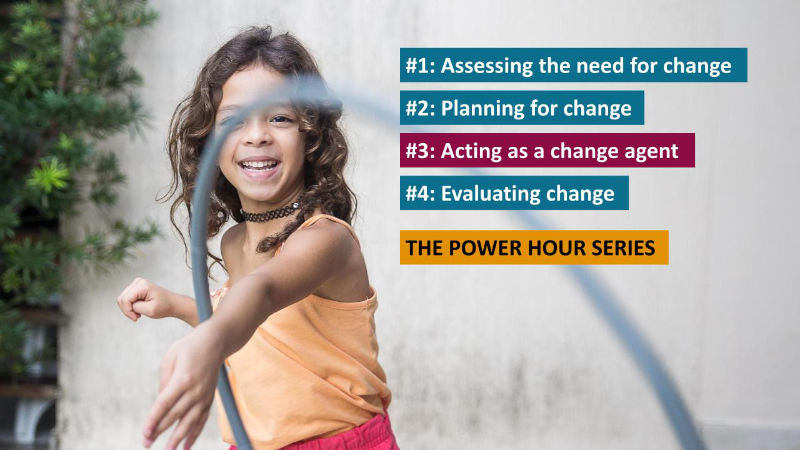
The 100% Power Hour 4-part webinar series was developed to provide initiative participants with an overview of key concepts that guide the initiative. This includes the detailed initiative programming to empower local county and city stakeholders as they address challenges through the process of continuous quality improvement: assess, plan, act, and evaluate. Today we focus on action and acting as a change agent.
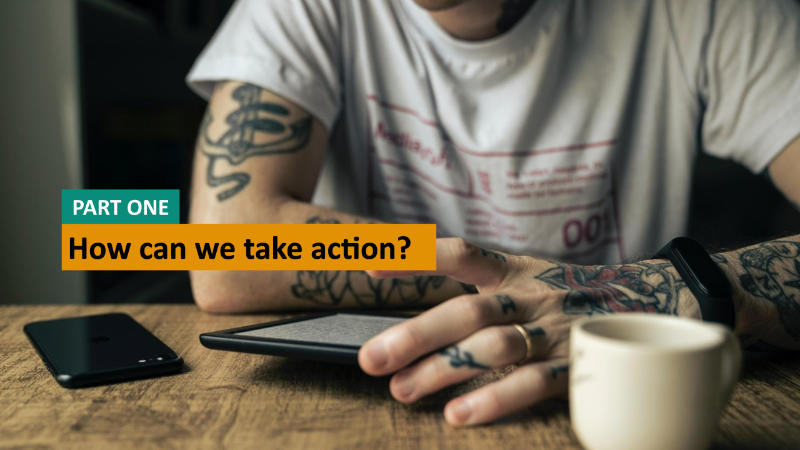
PART ONE: HOW CAN WE TAKE ACTION?
The 100% New Mexico initiative, like many health initiatives across the country, has many moving parts. It also has a book to guide all initiative participants, a framework for change and one very clear vision: 100% of families and communities can thrive with access to the ten vital services for surviving and thriving.
This presentation will provide an overview of how we are taking action to design, build, expand, and run the services that make all the communities within a county’s borders truly family-friendly.
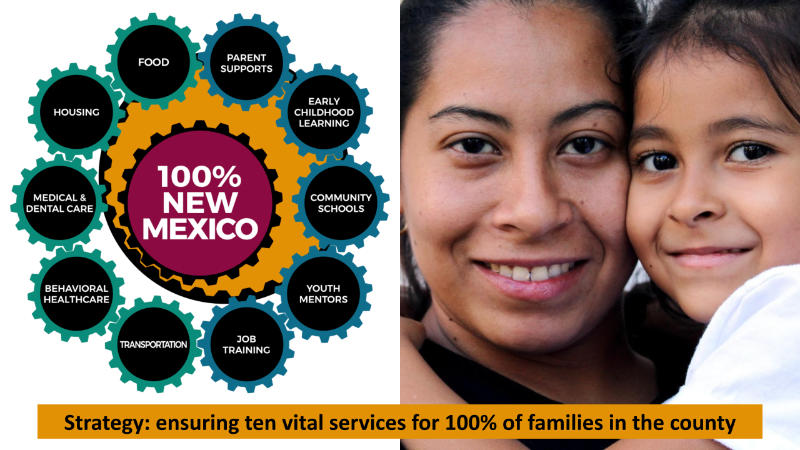
The goal of the data-driven, county-based and technology-fueled initiative is to empower local stakeholders in ensuring ten vital services for surviving and thriving, all key components of a county and city committed to health equity and racial justice. We are working to prevent two interconnected challenges: adverse childhood experiences (ACEs) and adverse social determinants of health (SDH).
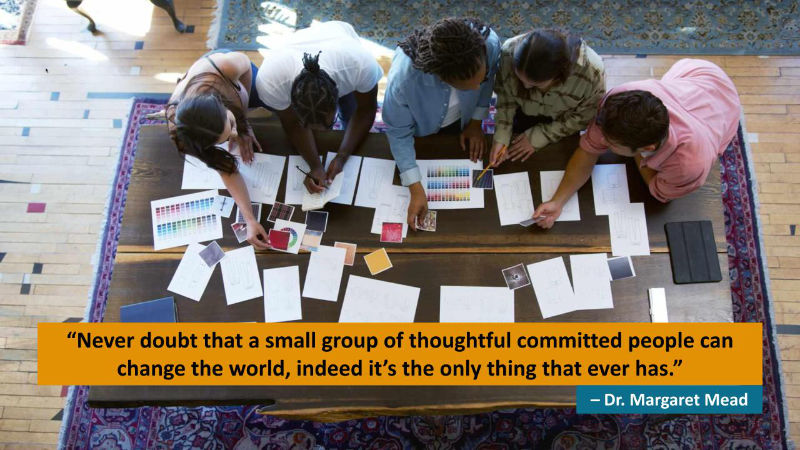
We know that individuals have the power to transform a community, city, and county. In the spirit of anthropologist Dr. Margaret Mead’s words we offer, “Never doubt that a small group of thoughtful committed people can change the world, indeed it’s the only thing that ever has.”
We are watching this powerful insight becoming reality across New Mexico within the initiative’s change agents. A change agent is someone who promotes and enables change to happen within any group or organization. A change agent is an individual who promotes and supports a new way of doing something.

REFLECTION QUESTION: What does the term “change agent” mean to you?

PART TWO: WHO HAS THE TIME AND ENERGY TO BE A CHANGE AGENT?
There are important questions to ask, within the context of the 100% New Mexico initiative. One simple one is, “Which local stakeholders in your county have the time and energy to be a change agent?” Another equally important question is, “Who working within the city, county, and state government can work within the initiative as part of their job?” Lastly, how do county initiatives write and fund proposals to create new positions focused on the coordination of 100% action projects?
The action process begins after a county-wide survey and planning process is completed. It is the action phase where the county-based initiative’s ten action teams become project developers.

Part Two begins with a definition of action: The process of doing something, typically to achieve an aim. Within the local 100% New Mexico initiative action teams, change agents are moving projects from assessment to planning to action. Change agents are catalysts for change, people who can make changes happen by inspiring and influencing others.
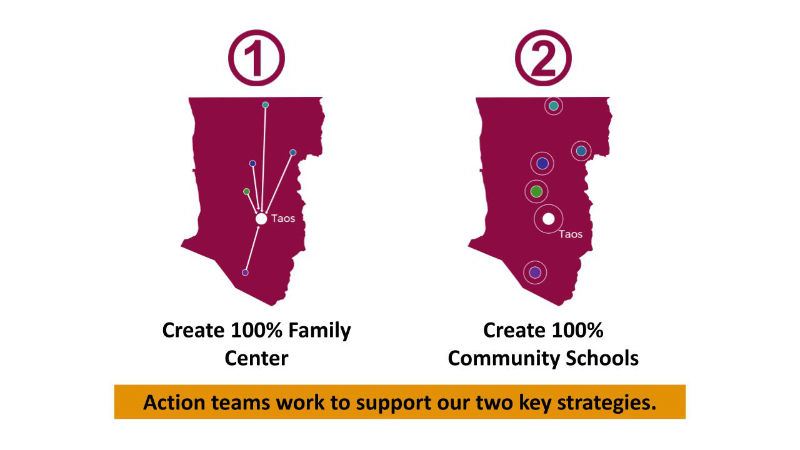
Change agents with the local initiative’s ten action teams work on our two key strategies: 1) creating a central hub for services, and 2) supporting schools in transforming into community schools that can service as service hubs for the entire school community.
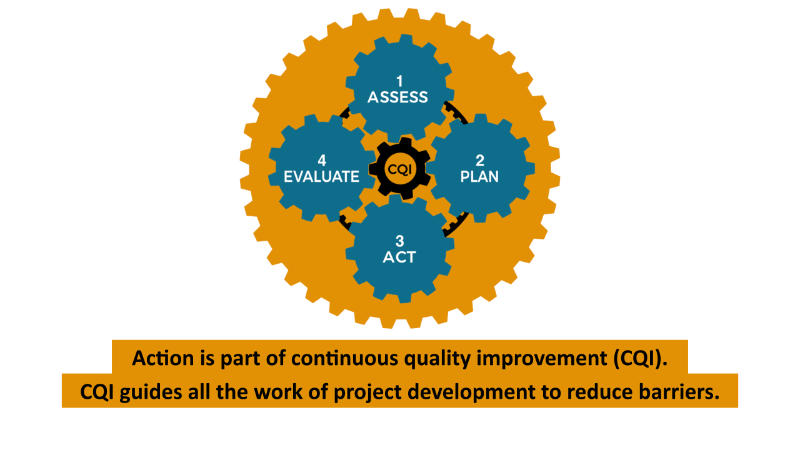
The entire initiative follows the continuous quality improvement process, moving from assessment to planning to action to evaluation. In the action phase projects are funded and initiated. This might mean installing new software so every food pantry in the county can track supply and demand. It might mean building a school-based health center to transform a school into a community school. It could mean, with a new partnership between the city and county, building the 100% Family Center: a one-stop shop that houses all the services for surviving and thriving in the center of town.

Action is supported by data. With a completed 100% New Mexico County Survey, the county-based 100% New Mexico initiative members will be able to share with elected leaders in local government the challenges families endure and the need to end service barriers. Initiative leaders can engage in ongoing dialogue focused on the return on investment by ensuring all children grow up in environments represented by the positive social determinants of health. All initiative members can promote the benefits of having healthy, trauma-free children who become successful students, job-ready and tax-paying employees.
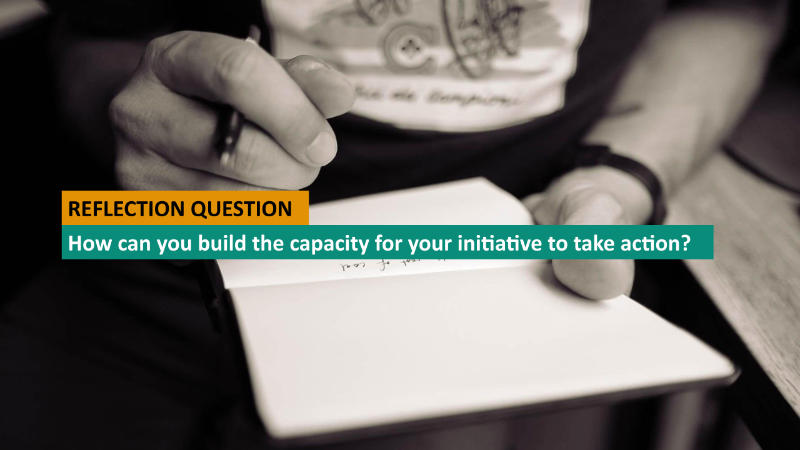
REFLECTION QUESTION: How can you build the capacity for your initiative to take action?
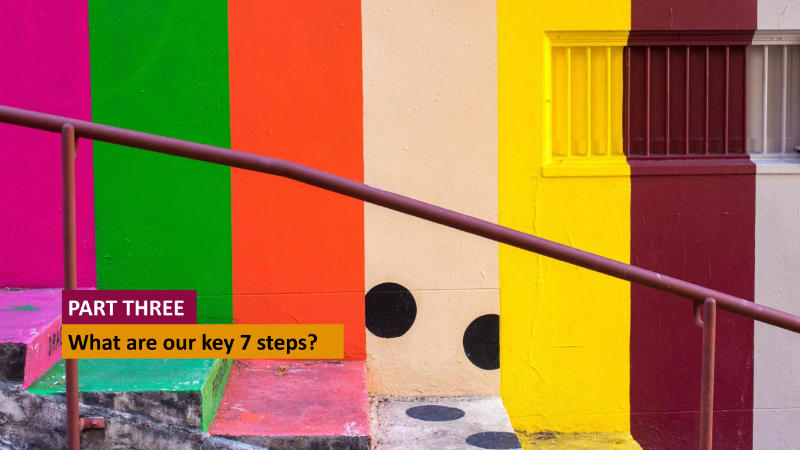
PART THREE: WHAT ARE OUR SEVEN STEPS?
Our initiative is the first of its kind in the nation. It is data-driven and collaborative, guided by the collective impact framework which means all initiative members have a shared vision and understanding of goals, activities, data-use, and communication strategies.

STEP 1: SURVEY YOUR COUNTY RESIDENTS
Initiative teams implement the 100% New Mexico County Survey that assesses residents’ access to 10 vital services for surviving and thriving (including health care, food security programs, affordable housing, transportation, and job training). The survey reveals the barriers to services. You’ll learn that different populations will have different barriers and challenges.
Initiative teams are surveying families across their county, getting answers about gaps in vital services.

STEP 3: ASSESS THE TEN SURVIVING AND THRIVING SERVICES
Initiative teams, including ten action teams created (each one focused on one sector such as food or medical care) learn about the capacity of current services in all 10 surviving and thriving sectors. The goal is to understand challenges service organizations face when meeting the needs of county residents.
What’s the capacity of providers?
Initiative teams are assessing why service providers and organizations struggle to meet local needs and how to increase their capacity. Explore the San Miguel 100% initiative and other initiatives across New Mexico.

STEP 4: ENSURE THAT A COUNTY DIRECTORY TO TEN VITAL SERVICES EXISTS
Each of the county’s ten action teams update an existing online directory to services or create a new updated directory guiding residents to the ten vital services.
Initiative teams are designing directories and constantly updating them to provide accurate information. Visit our 100% Family Services Directory.
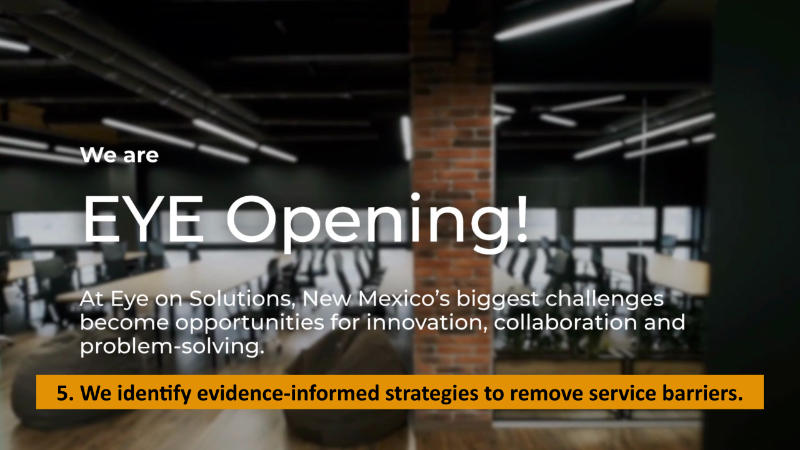
STEP 5: IDENTIFY INNOVATIVE POLICIES AND PROGRAMS TO FIX BARRIERS TO ACCESSING TEN SERVICES
To address the barriers identified in the countywide survey, initiative teams learn about innovations in all ten sectors that can increase access, user-friendliness and quality of services. The book 100% Community and the @100% book series on each of the ten sectors offer many potential innovative strategies to reduce gaps in services and strengthen a countywide system of support.
The EYE ON SOLUTIONS website also serves as a repository for evidence-informed strategies shown to reduce service barriers. Action Teams can review and prioritize innovations including our two keystone projects: The 100% Family Center: One Stop Service Hub and Community Schools.
Initiative teams are exploring a menu of evidence-informed strategies to ensure all residents can access services.
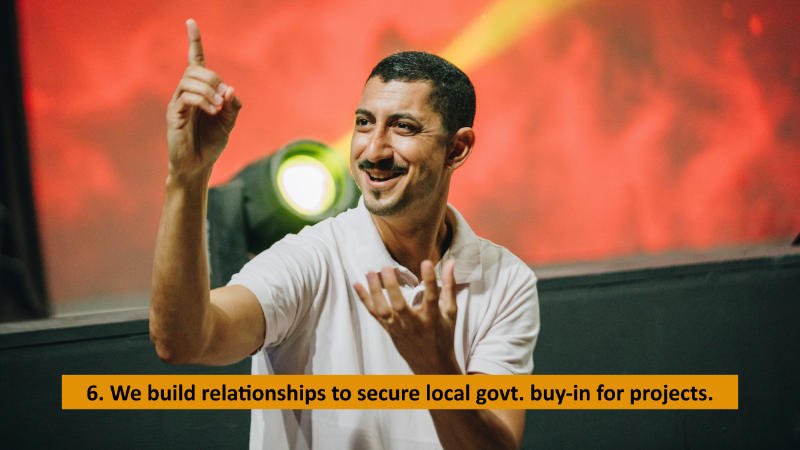
STEP 6: GET BUY-IN FROM LOCAL GOVERNMENT AND STAKEHOLDERS TO SUPPORT INNOVATION THAT ENSURES 100% OF COUNTY RESIDENTS HAVE ACCESS TO TEN VITAL SERVICES
Initiative teams identify, support and implement innovations including new technologies, local policies, programs and agency protocols. This is the action phase that requires project management and ongoing tracking of local innovation in ten sectors.
Initiative teams are strengthening partnerships with local elected leaders and stakeholders, working in alignment. We engage leaders through relationship-building and dialogue. We share survey results and the cost of the adverse social determinants of health. We also share the long-term consequences of ACEs that include the diminished capacity to learn, risk for substance use disorders, low academic achievement, and lack of job readiness.
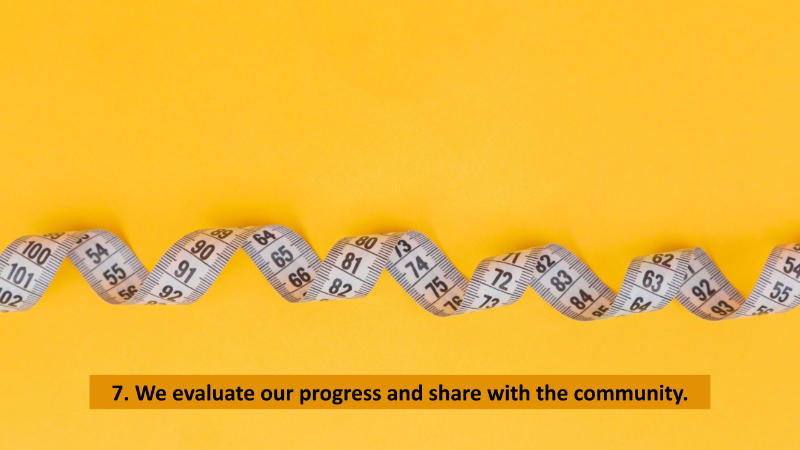
STEP 7: EVALUATE EFFECTIVENESS OF EACH INNOVATION AND MEASURE THE INCREASE IN ACCESS TO TEN VITAL SERVICES
Initiative teams measure the impact of innovations on all ten surviving and thriving services with feedback from residents and providers. We work to ensure that our local work on each innovation is moving the needle on improving access to services so that 100% of residents thrive. We have a 100% Community Quarterly Update that local initiative leaders can use to track their progress within ten action teams.
Initiative teams are using a variety of tools to ensure that they can measure meaningful progress.
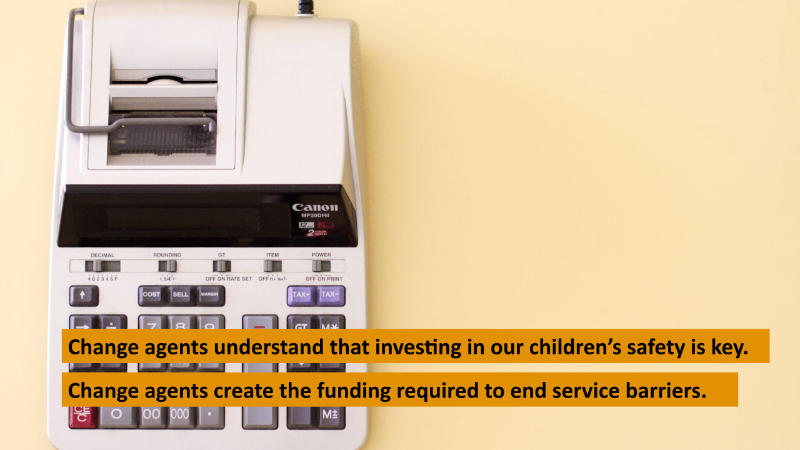
Securing local investment can end barriers. Change agents work to develop the resources to support action team projects and end service barriers. It is not a question of if the government has the resources. They do. It is a question of how current resources are prioritized. The question to elected leaders is, “What’s the priority of our local children and students?”
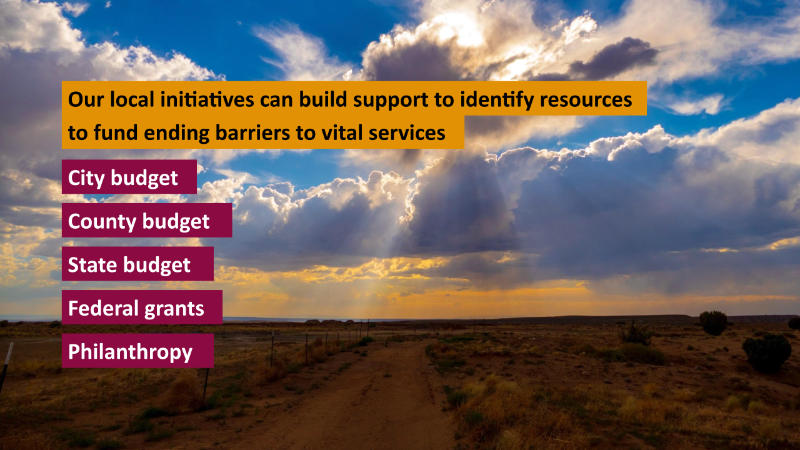
Local initiatives work to build support from city and county government elected leaders. Our potential funding sources for projects include city government, county government, state government, federal government, and philanthropy. These are multi-million (or multi-billion) dollar entities.
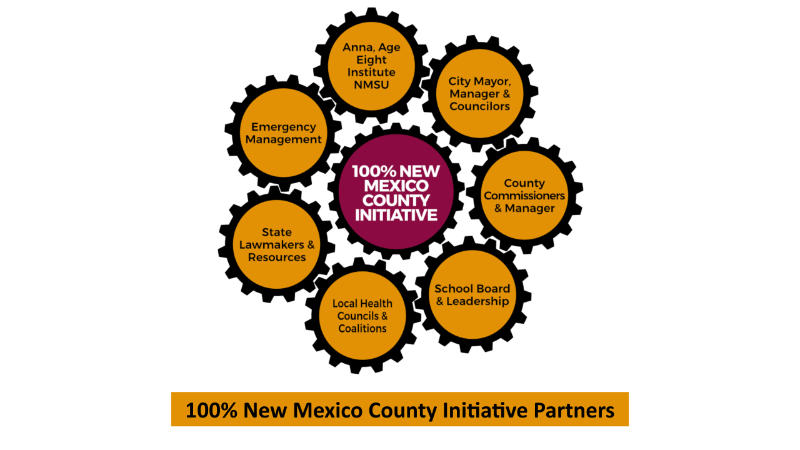
The county initiative teams are building and strengthening relationships with a variety of partners on the state, county and city levels. The partners are key to securing funding and support for local 100% New Mexico projects. We stress constantly that local and state government do not lack funding for projects to end service barriers. What we have lacked, until now, is the funding priority of projects shown to ensure the health, education and quality of life of 100% of children, students, and families.
With our collective vision, local initiatives are transforming the adverse social determinants of health into positive ones by ensuring 100% of families access to ten vital services.

REFLECTION QUESTION: What support would help you in identifying funding sources for the initiative and local projects?

PART FOUR: HOW DOES YOUR TEAM GET BUY-IN TO TURN PLANS INTO ACTION?
Each county initiative will require financial support and resources to end barriers in ten service areas. There are many ways to secure buy-in from local stakeholders. There are also many ways to turn a “no” into a “yes” when asking for support.
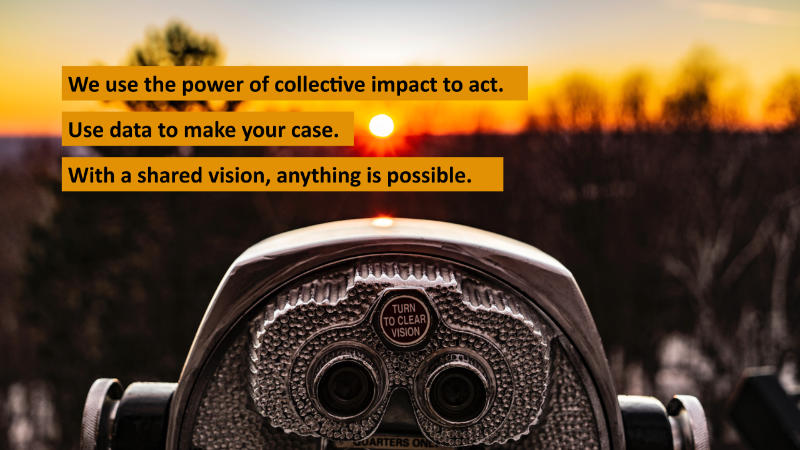
We return to a core value of the initiative from the collective impact model: With a shared vision, anything is possible. If you can envision a school-based health center serving students and families, you can be the change agent to make it a reality with your team. If you can envision a 100% Family Center in your county, you can make it a reality with key partnerships.

REFLECTION QUESTION: Who in your county has experience with taking action, project implementation and turning a “no” into a “yes”?
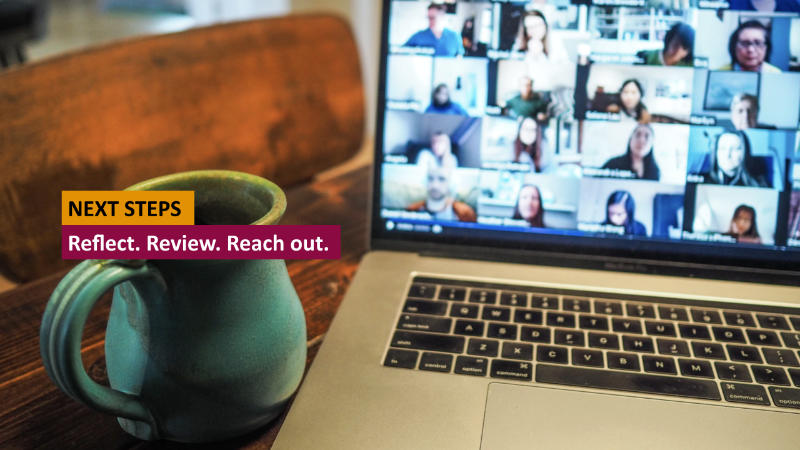
NEXT STEPS: Reflect on the presentation and your notes. Review the books and links to research provided. Reach out to colleagues, friends, family, neighbors and local elected leaders to discuss the 100% New Mexico initiative. We have designed this presentation so that it can be used with local elected officials within city and county government and school board members, agency leaders (representing the ten vital services), representatives from local higher education, faith-based and community-based organizations, and your neighbors and friends.

Visit the 100% New Mexico website to access local 100% New Mexico sites across the state, research, data, podcasts, our blog, and frameworks.
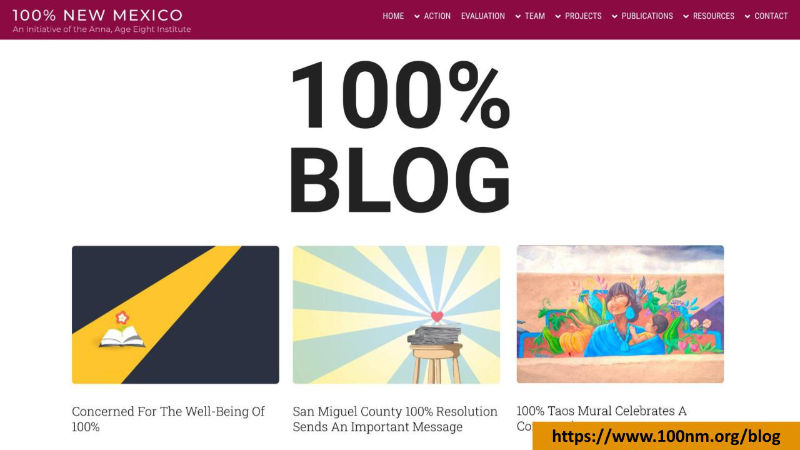
Subscribe to our 100% Blog with articles on challenges, opportunities and local successes with county initiatives.
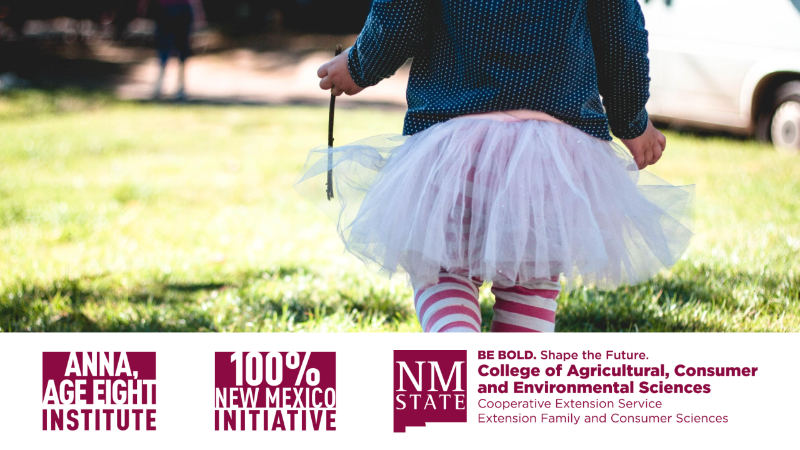
The next 100% Power Hour is Evaluating Change. We hope to see you there. For any questions about the 4-part webinar series, the initiative, research guiding the process or practical steps in starting the initiative, please contact us annaageeight@nmsu.edu.
Additional Resources
Research
Explore Our Research Pages

